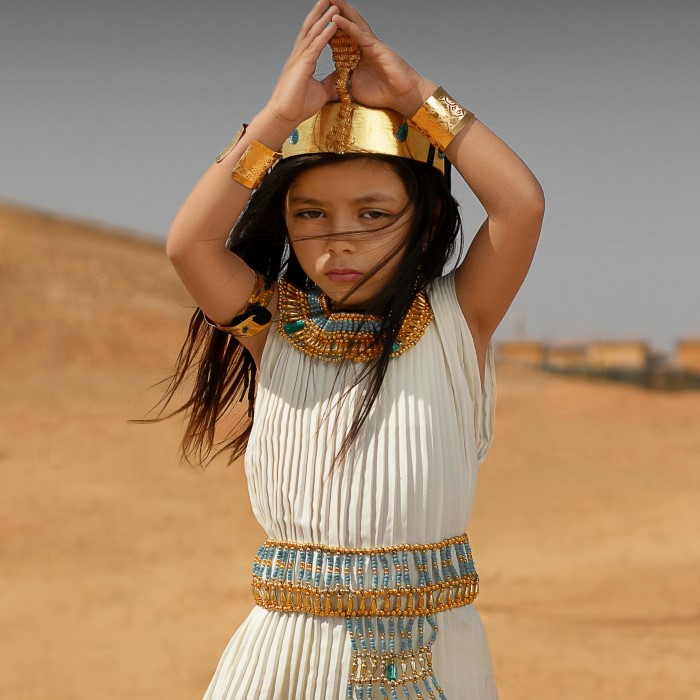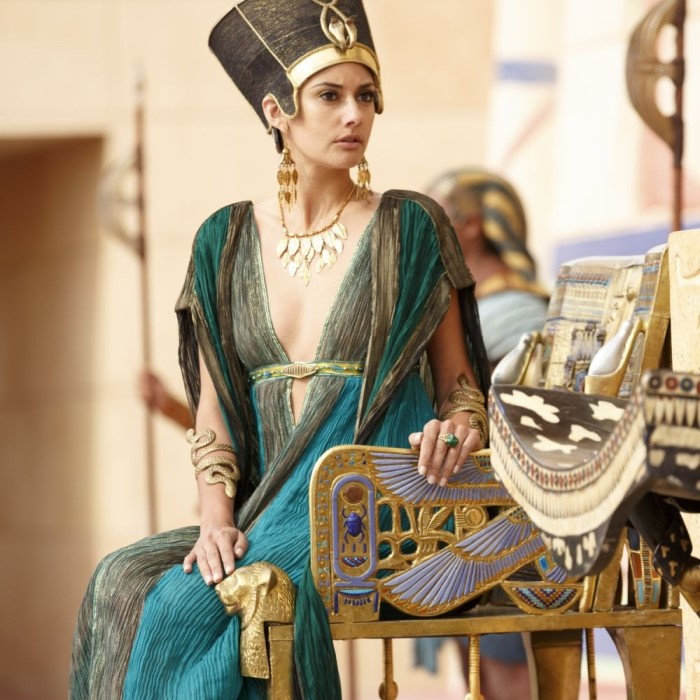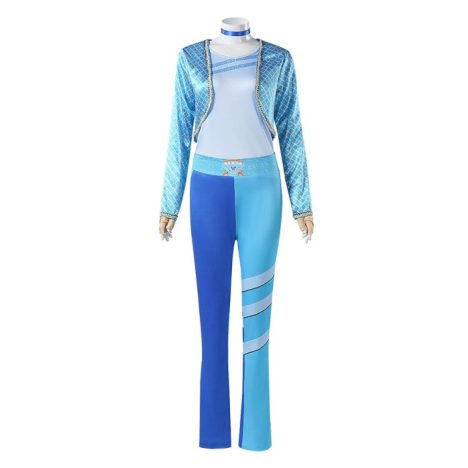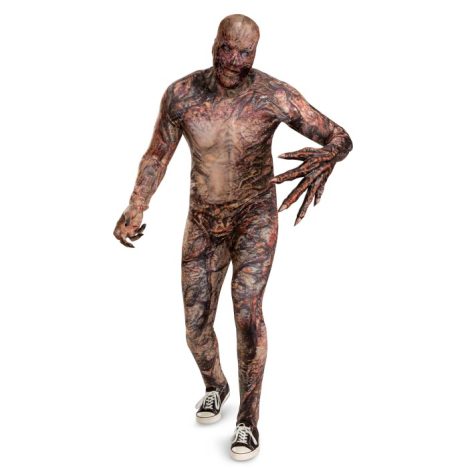As the vibrant cultures of the world draw us in, the timeless beauty of ancient Egypt is particularly captivating. This fascinating civilization, known for its rich history and stunning artwork, continues to inspire fashion today. Whether it’s for Halloween, themed parties, or cultural celebrations, an Egyptian costume can make a lasting impression. With their intricate designs, elegant lines, and striking accessories, these costumes allow you to channel the grandeur of the Pharaohs or the alluring beauty of the Egyptian goddesses. In this extensive guide, we will explore a variety of stunning Egyptian costume ideas, traditional elements, styling tips, and the cultural significance behind them, helping you create the perfect look for your next event.
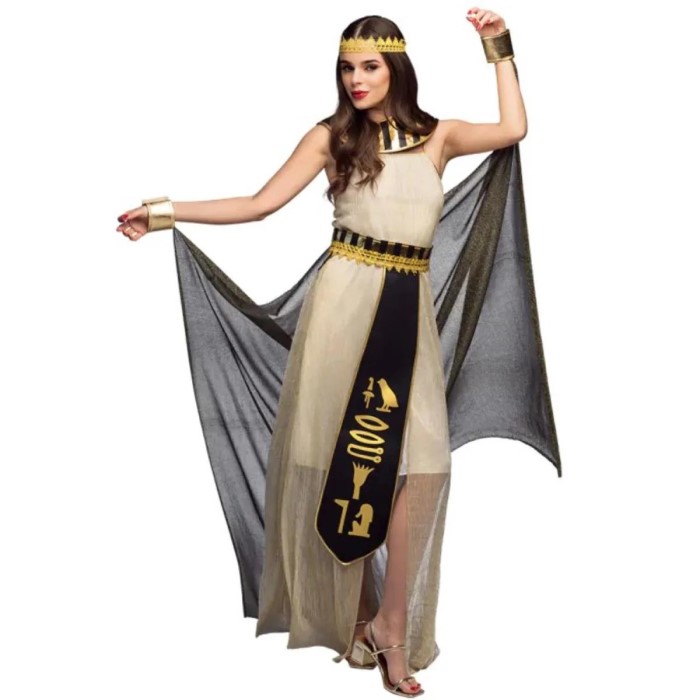
Contents
Understanding the Origins
The ancient Egyptians had a distinctive approach to clothing, influenced by their environment, societal structure, and artistic expression. Clothing styles signaled social status, profession, and even religious practices in this fascinating society.
Historical Overview
1. Materials Used
Linen was the primary textile in ancient Egypt due to its comfort in the hot climate. The linen was made from flax plants, dried in the sun, and then woven into fabric. For the upper classes, fine linen garments were often white, conveying purity and wealth. In contrast, working-class individuals wore rougher linen.
2. Clothing Styles
Clothing styles in ancient Egypt were relatively simple yet elegant. Men typically wore kilts, known as shendyt, which were wrapped around the waist. Women wore form-fitting dresses that flattered their shapes, often with shoulder straps. Both men and women adorned their garments with intricate jewelry to signify status and wealth.
3. Significance of Colors and Symbols
Colors also played an important role in ancient Egyptian clothing. White symbolized purity, while gold represented divinity and the afterlife. Many garments were embroidered or adorned with symbols such as the Ankh, scarabs, and hieroglyphs, each carrying its own special significance related to the gods and life.
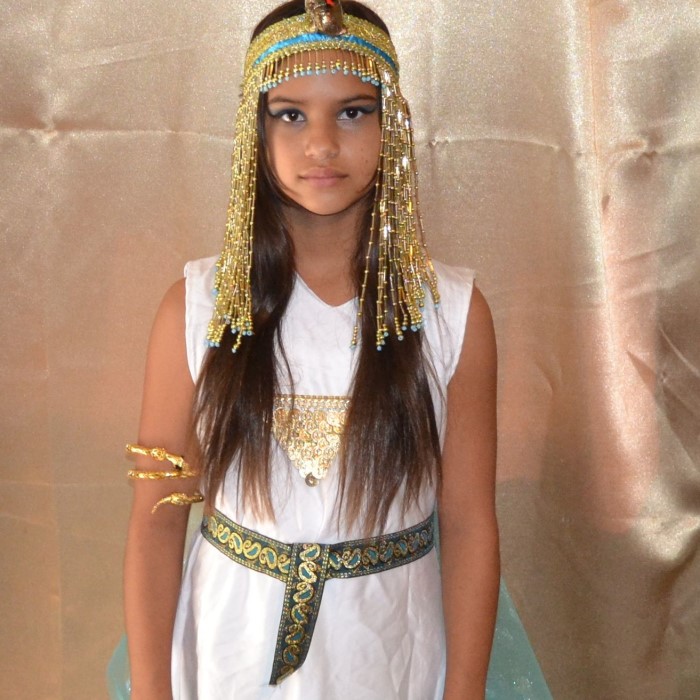
Cultural Importance of Egyptian Attire
Understanding the cultural significance of Egyptian attire is vital when creating your costume. In ancient Egypt, clothing was not merely functional but also served to convey identity. For example, priests wore specific garments that indicated their religious roles, and royalty often donned elaborate attire to symbolize their divine right to rule. When you wear an Egyptian costume, you are honoring this rich history and the narratives that these garments represent.
Stunning Egyptian Costume Ideas
Now that we’ve established the origins and cultural significance of Egyptian costumes, let’s dive into some stunning options that you can consider for your next event. Each idea captures the essence of ancient Egyptian style while allowing for personal interpretation and creativity.
1. Cleopatra-Inspired Costume
Description: Embrace the elegance and power of one of history’s most famous queens. A Cleopatra costume is a timeless choice that evokes luxury and royalty.
Components:
- Dress: Opt for a floor-length gown in rich hues like royal blue, deep gold, or classic black. Look for dresses that feature metallic accents or embellishments.
- Accessories: Key accessories include a gold collar necklace, statement earrings, and a jeweled headpiece. Consider a dramatic wig styled in the iconic bob that Cleopatra is known for.
- Makeup: Use bold eye makeup with eyeliner and shimmering gold or dramatic black hues to replicate the enchanting eyes of Cleopatra. Bright red lipstick will add to the regal look.
Styling Tip: Pair this look with fitted gold sandals. Carry a small, ornate hand mirror or a decorative scepter as an additional prop.
2. Egyptian Pharaoh Costume
Description: Channel the powerful aura of an Egyptian pharaoh with this costume idea. This outfit exudes strength and authority.
Components:
- Attire: Wear a long tunic, ideally in white or embellished with gold. An ornate pleated kilt can provide an authentic touch. Modern variations might include robes that flow or extend dramatically to enhance the royal feel.
- Headdress: A distinctive crown or headdress, such as the nemes, will elevate your look. It’s typically striped and adds regal flair.
- Jewelry: Layer gold jewelry, including thick bracelets, a broad chest piece, and rings. These accessories signify wealth and attention to detail.
Styling Tip: Opt for Egyptian-style sandals and add a faux beard if striving for historical accuracy. A prop like an ornate staff will complete the look effectively.
3. God or Goddess Costume
Description: Represent one of the many Egyptian gods or goddesses, such as Isis or Osiris. This option allows for creativity while honoring mythological figures.
Components:
- Attire: Choose a beaded or embroidered dress that reflects the personality of the deity you represent. For instance, Isis is often depicted in flowing gowns, typically in blues or whites, whereas other deities might require more vibrant designs.
- Symbolic Accessories: Use symbols associated with your chosen deity. For instance, Isis is often depicted with an anklet or a throne symbol.
- Headpiece: Consider a decorative headpiece that reflects the god or goddess’s attributes. This can include horns, wings, or other emblematic representations.
Styling Tip: Add props like a staff or an ankh to deepen your costume’s connection to Egyptian mythology.
4. Traditional Farmer Costume
Description: Highlight the agrarian roots of ancient Egypt with a farmer costume. This traditional attire represents daily life and hard work.
Components:
- Outfit: Wear a simple linen tunic paired with a mint-green or tan kilt. Opt for earthy colors to complement the theme.
- Accessories: A straw hat can help protect against the sun and symbolize the agricultural lifestyle. Include a basket filled with faux crops as a prop.
Styling Tip: Simulate the look of dirt or earth tones in your makeup for added authenticity.
5. Modern Egyptian Fusion
Description: Combine traditional elements with modern fashion for a fresh take on the classic Egyptian look. This allows for creativity and personal flair.
Components:
- Outfit: Choose a trendy dress or jumpsuit. Incorporate Egyptian patterns and motifs through printed fabrics or embellishments.
- Bold Accessories: Use bold jewelry but keep it more modern in style. Think chunky necklaces or sleek arm cuffs that complement your outfit.
Styling Tip: Pair this look with contemporary footwear, such as stylish flats or wedges, while keeping the overall look chic and modern.
Tips for Creating Your Stunning Egyptian Costume
Now that you have some inspiring ideas, it’s essential to remember a few key tips when creating your Egyptian costume to ensure it stands out and maintains authenticity.
1. Choose Quality Materials
Select high-quality fabrics to enhance the elegance of your costume. Linen, silk, or lighter cotton blends work well for summer events. Rich colors and textures will make your costume visually appealing.
2. Layer Accessories Thoughtfully
Layering accessories can significantly amplify your Egyptian costume. Don’t hesitate to mix and match different jewelry pieces to create a bold statement. Think about traditional pieces such as ankh necklaces, earrings, and headpieces.
3. Pay Attention to Footwear
Footwear is a critical component of any costume. Opt for sandals that have an ancient Egyptian look. Choose styles that offer comfort while providing an authentic touch to your ensemble.
4. Master the Makeup
Makeup can enhance your overall appearance, so take your time with it. Research traditional Egyptian makeup styles, particularly those that emphasize the eyes. Use bold eyeliner, metallic shadows, and vibrant lip colors to complete your look.
5. Research Cultural Significance
Understanding the cultural significance of your costume enriches the experience. Taking time to research the elements of your costume helps you appreciate its origins. This knowledge informs your presentation and enables you to make informed choices about authenticity.
6. Have Fun with Your Costume
Above all, remember that dressing up is meant to be fun! Embrace the creativity of the Egyptian theme and enjoy the process of putting together your costume. Don’t shy away from experimenting with styles that reflect your personality while incorporating traditional elements.
Frequently Asked Questions (FAQs)
What is Egypt’s traditional costume?
Egypt’s traditional costume includes a variety of garments, such as linen kilts, flowy dresses, and adorned headdresses. These garments often signify social status and cultural ties.
What is Egyptian attire called?
Egyptian attire is generally referred to as “ancient Egyptian clothing,” which features styles like tunics, kilts, and ceremonial outfits particular to different societal roles.
What is the name of the Egyptian dress for men?
The traditional dress for men in ancient Egypt is commonly known as a “shendyt” or “kilt.” It is typically a wraparound garment made of linen.
What are the different types of Egyptian dress?
The types of Egyptian dress include daily wear such as simple tunics, ceremonial clothing designed for priests and royalty, and garments specifically made for events honoring the gods or significant milestones.
Conclusion: Embrace the Flavor of Ancient Egypt
In conclusion, exploring Egyptian costume ideas for your next event is a wonderful journey into the past. With distinctive characteristics, fascinating historical roots, and stunning designs, Egyptian costumes enable you to express your creativity and appreciate a rich culture. From the famed beauty of Cleopatra to the strength of the Pharaohs, there’s a story behind every costume choice.
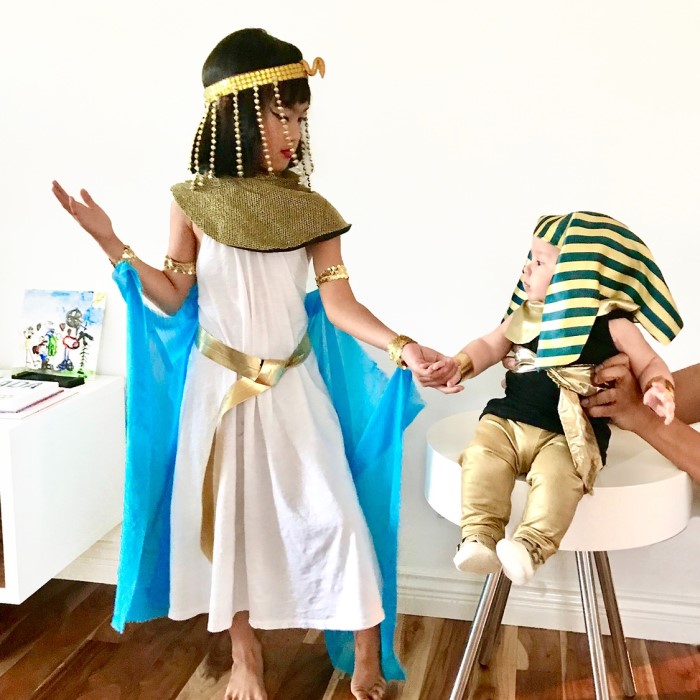
By carefully selecting patterns and accessories, you can embody the elegance of ancient Egypt, making a striking statement at any gathering. Remember to honor the traditions, understand the significance, and enjoy the artistic process of bringing your Egyptian costume to life. So put on your creative hat, and step into a world where history and fashion collide!

